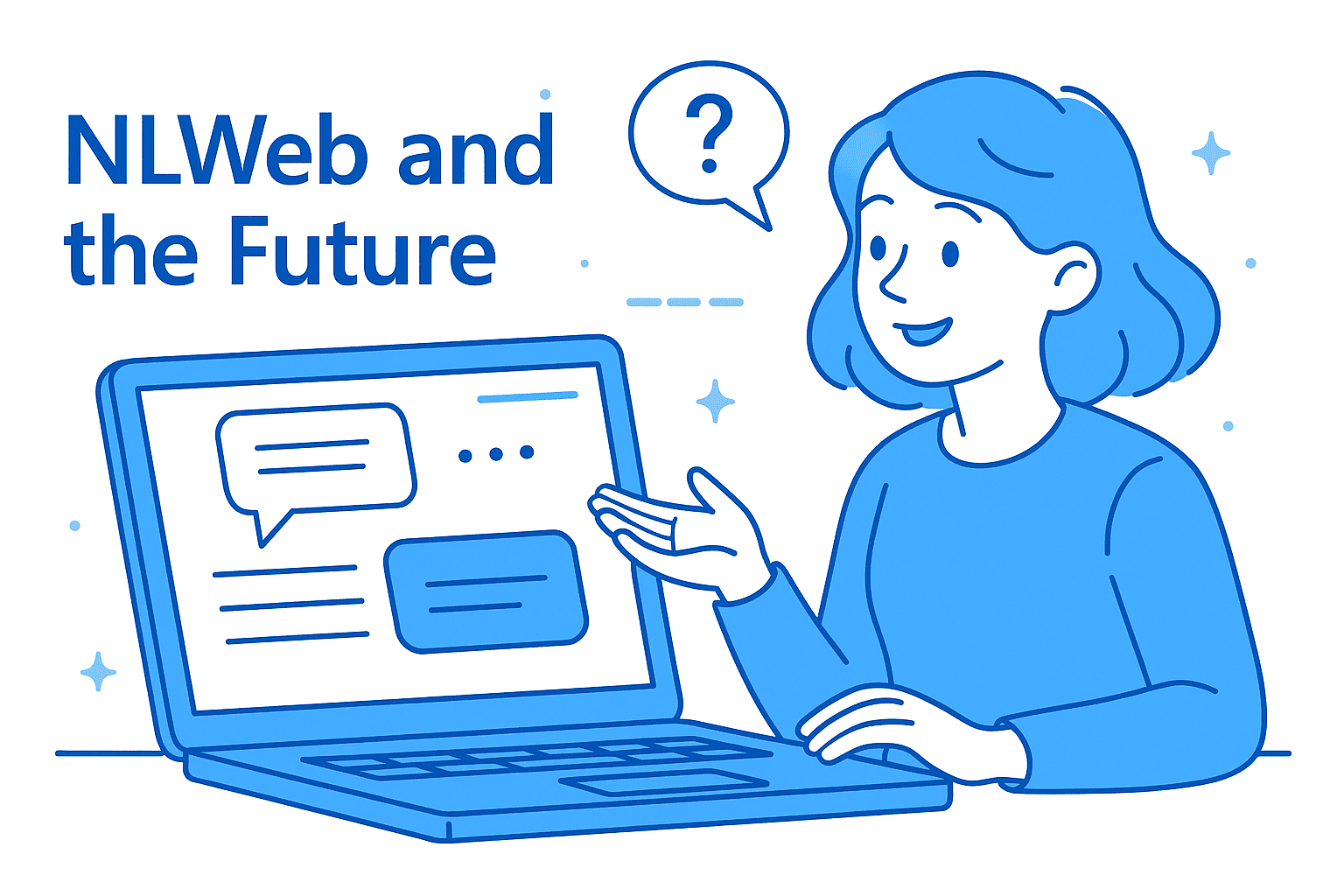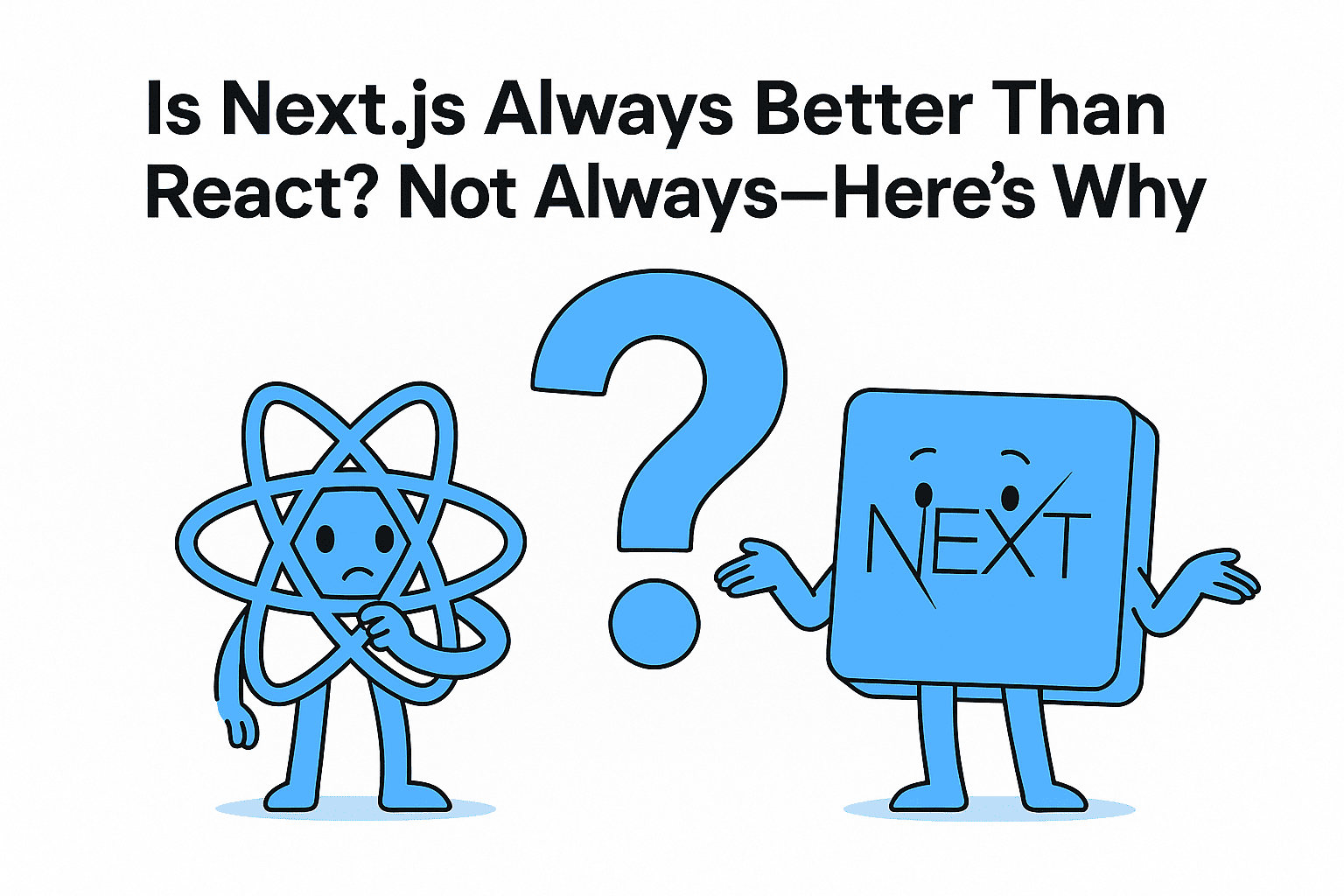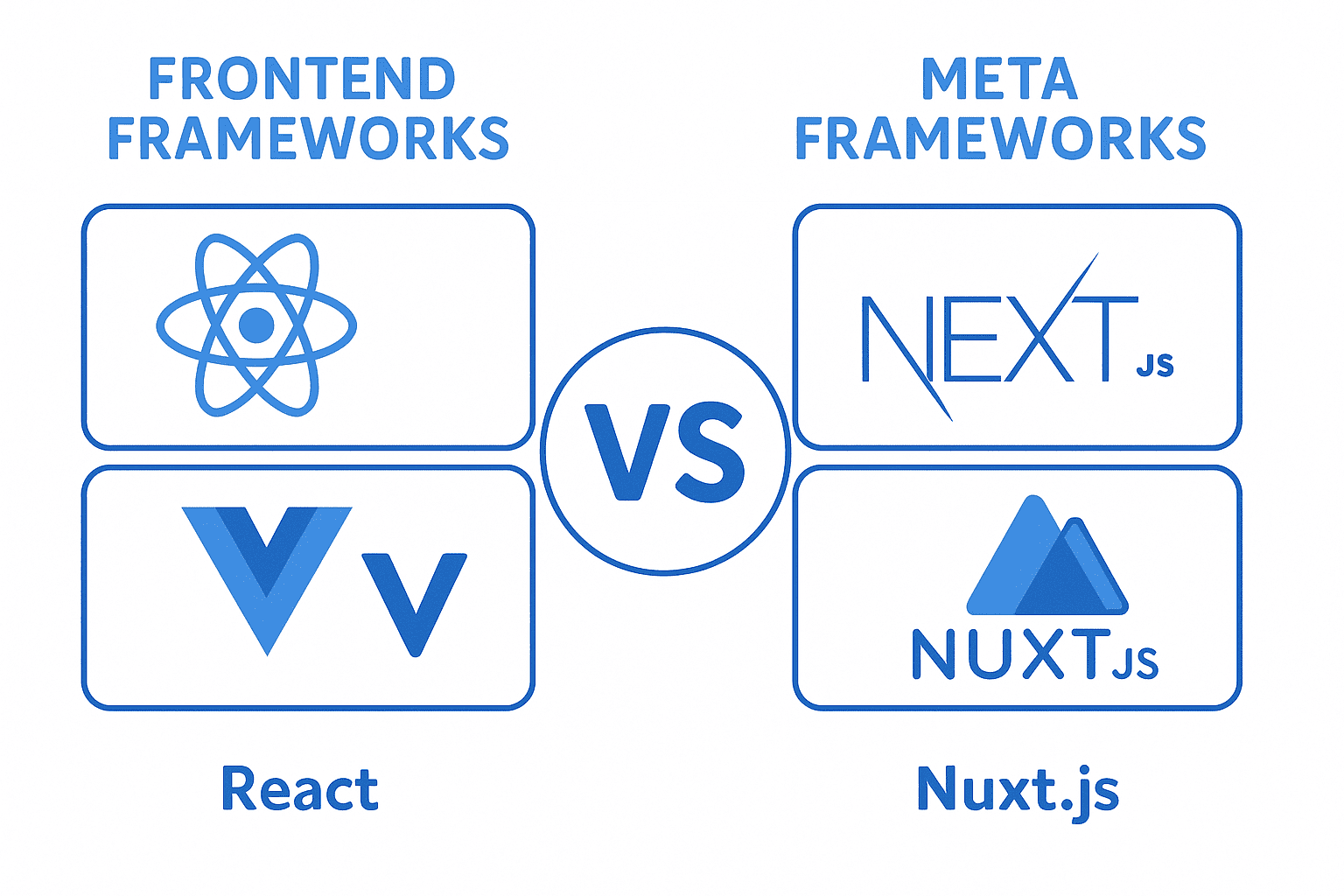NLWeb (Natural Language Web) is an open-source project launched by Microsoft on May 19, 2025, designed to revolutionize how users and AI agents interact with websites.
Key Features:
- Conversational AI App: Turn any website into a chatbot by leveraging structured data and LLMs.
- Open-Source Flexibility: Developers can choose from models like OpenAI, Anthropic, or Gemini and integrate with vector databases (e.g., Qdrant, Milvus).
- Model Context Protocol (MCP): Every NLWeb endpoint acts as an MCP server, enabling human-AI collaboration.
- Schema.org Alignment: Outputs are structured for compatibility with search engines and AI agents.
Why It Matters:
NLWeb bridges the gap between static websites and dynamic, AI-powered interactions. By enabling natural language queries, it simplifies UX while offering a decentralized alternative to centralized search platforms.
How Does NLWeb Work?
NLWeb’s architecture is designed for scalability and adaptability:
- Structured Data Input:
- Leverages formats like Schema.org, JSONL, RSS, and RDF.
- Vector Database Integration:
- Stores data in databases (e.g., Azure Search, Milvus) for semantic search.
- LLM-Driven Query Handling:
- Routes natural language queries through LLMs, enriched with site-specific context.
- Structured Output:
- Returns JSON aligned with Schema.org, ensuring compatibility with both UIs and AI agents.
Example Workflow:
User: “Show me vegetarian dinners under $5.”
NLWeb: Retrieves recipes from a food site, filters by cuisine and price, then presents structured results.
Why NLWeb Matters for Developers & Publishers
Benefits:
- Low Code: Minimal lines of code to deploy a conversational interface.
- Customization: Full control over data, models, and UX design.
- Privacy & Control: Publishers define what data is exposed to AI agents.
- Agent-Friendly Web: Enables seamless collaboration between humans and AI (e.g., chatbots, automation tools).
Use Cases:
- E-commerce: “Find winter boots in size 10 under $50.”
- Retail: “Show me business casual shoes for a formal event.”
- Content Platforms: “Suggest travel blogs with hiking destinations in Europe.”
Early Adopters: TripAdvisor, Shopify, O’Reilly Media, and Eventbrite are already leveraging NLWeb to enhance user engagement.
The Big Vision: A Decentralized, Agent-Ready Web
Inspired by the legacy of RSS and Schema.org, NLWeb aims to decentralize web interactions. It empowers websites to:
- Respond autonomously to user queries without relying on centralized search engines.
- Integrate with AI agents (e.g., a grocery list agent chatting with a recipe site).
- Offer personalized, context-aware experiences tailored to user intent.
R.V. Guha’s Vision:
“NLWeb is the HTML of the AI era—enabling websites to become first-class citizens in the agent ecosystem.”
How to Get Started with NLWeb
- Clone the Repo:
git clone https://github.com/microsoft/nlweb - Add Structured Data: Use Schema.org, JSONL, or RSS formats.
- Select LLM & DB: Choose from OpenAI, Anthropic, or Gemini and integrate with your preferred vector database.
- Deploy MCP Endpoint: Host the Model Context Protocol server for natural language queries.
- Integrate Chat Widget: Add a conversational interface via NLWeb’s demo tools or custom UI.
Developer Resources:
- GitHub: https://github.com/microsoft/nlweb
- Community Forum: Discuss use cases, troubleshoot issues, and contribute to the ecosystem.
The Future: Speakable Websites
NLWeb’s ultimate goal is to replace menus and search bars with human-like dialogues. Imagine:
- A recipe site responding to “Any good Italian dinner options near me?” with personalized results.
- An e-commerce platform letting an AI agent “order ingredients for this recipe.”
Trends to Watch:
- Shift from click-driven browsing to dialog-based navigation.
- Rise of agent-friendly web design for AI collaboration.
Why NLWeb Stands Out
| Feature | Description |
|---|---|
| Open-Source: Community-driven development. | |
| LLM Flexibility: Supports major AI models. | |
| Privacy-Centric: Publishers control data exposure. | |
| Agent-Ready: Integrates seamlessly with AI ecosystems. |
TL;DR: NLWeb in 5 Points
- NLWeb: Open-source platform for conversational AI on websites.
- Conversational UX: Type or speak queries—no more menus.
- LLM & DB Agnostic: Choose your preferred model and database.
- Agent-Friendly Web: Enables collaboration between humans and AI.
- Decentralized Future: Reduces reliance on centralized search platforms.
🚀 Let’s build something amazing! If you have a project in mind or need help with your next design system, feel free to reach out.
📧 Email: safi.abdulkader@gmail.com | 💻 LinkedIn: @abdulkader-safi | 📱 Instagram: @abdulkader.safi | 🏢 DSRPT
Drop me a line, I’m always happy to collaborate! 🚀



